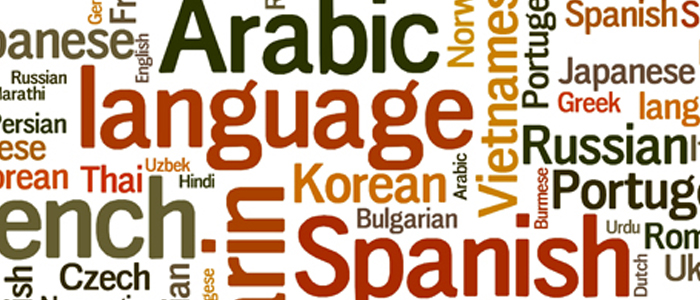Agnew Multilingual Prepared for the 2012 Culturally and Linguistically Appropriate Services Act (CLAS)
The 2012 Culturally and Linguistically Appropriate Services Act states that all new health insurance information is to be provided in multiple languages determined by 10 percent or more of the population residing in the claimant’s county. In a recent census, this included Spanish, Chinese, Tagalog and recently the Navajo language. The Spanish population cited was nationwide; Chinese, primarily in the San Francisco area; Tagalog in Alaska’s Aleutian Islands; and Navajo in Arizona and New Mexico.
Linguistic Challenges
“The inclusion of Navajo for health and biomedical services highlights some challenging linguistic and cultural issues for health service providers, medical interpreters and translators,” said Irene Agnew, company president. “Translations into Spanish, Chinese and Tagalog have been ongoing, and most of the linguistic and cultural issues have been resolved, but when it comes to Navajo, the linguistic and cultural issues must be carefully addressed. The Navajo concept of healing and healthcare embraces the whole of life, since it’s aimed at achieving, maintaining and restoring harmony between human beings, nature and the spiritual,” said Agnew.
Navajo Language
The Navajo language is a very descriptive language. Many words don’t always have exact equivalents in more commonly structured languages such as Spanish, French, German or Russian. For example, in Navajo, a cell phone is “one who spins”; April is “small plants” (growth of new life); cancer is “a wound that does not heal”; and diabetes is “sugar illness.” The assumption by some that because of this uniqueness the Navajo language is in some way an inferior language, blocks a broader and more comprehensive approach in dealing with the linguistic and cultural issues of Navajo. The understanding of the Navajo culture is vital for successful mastering of communication with the Navajo population.
Making it Welcoming
Agnew Multilingual has been providing translation and related services for healthcare providers and the biotech industry for more than 25 years. Projects have included translation of medical product inserts, patient consent forms, health plans, reference guides and brochures, as well as audio and video recordings. We are well aware that content developers are often restricted in creating the source content and are required to use simple language directed to specific grade levels. When translating into Navajo, a much more creative approach must be used. Here a term such as “blood glucose” may have to be rendered by paraphrasing it as “how food is broken down into a sweetened watery substance that builds up throughout the body.” We offer to work closely with content developers to recreate the source content, making it both linguistically and culturally welcoming to patients and consumers.
Proposed Approach
Agnew’s approach in handling health-related and biomedical translations into Navajo are as follows:
- Perform a thorough analysis of the source text provided by our client.
- Research existing dictionaries to determine if the client’s source terminology exists in the Navajo language or will have to be paraphrased and created.
- Submit paraphrased terms to client for review and approval.
- Develop a client-specific glossary and continually update it as better target equivalents are identified.
- Advise the client of cultural issues that may cause misunderstanding in the patient’s mind and work closely with the client to resolve such issues.
- Keep clients updated on new developments and resources relative to the Navajo language, philosophy and culture.
For More Information
We invite you to contact us to discuss the most effective way to handle your Navajo or other language projects and achieve the best return on your investment.

